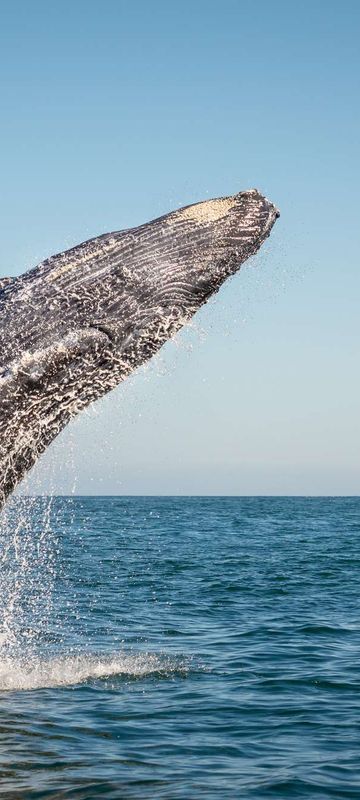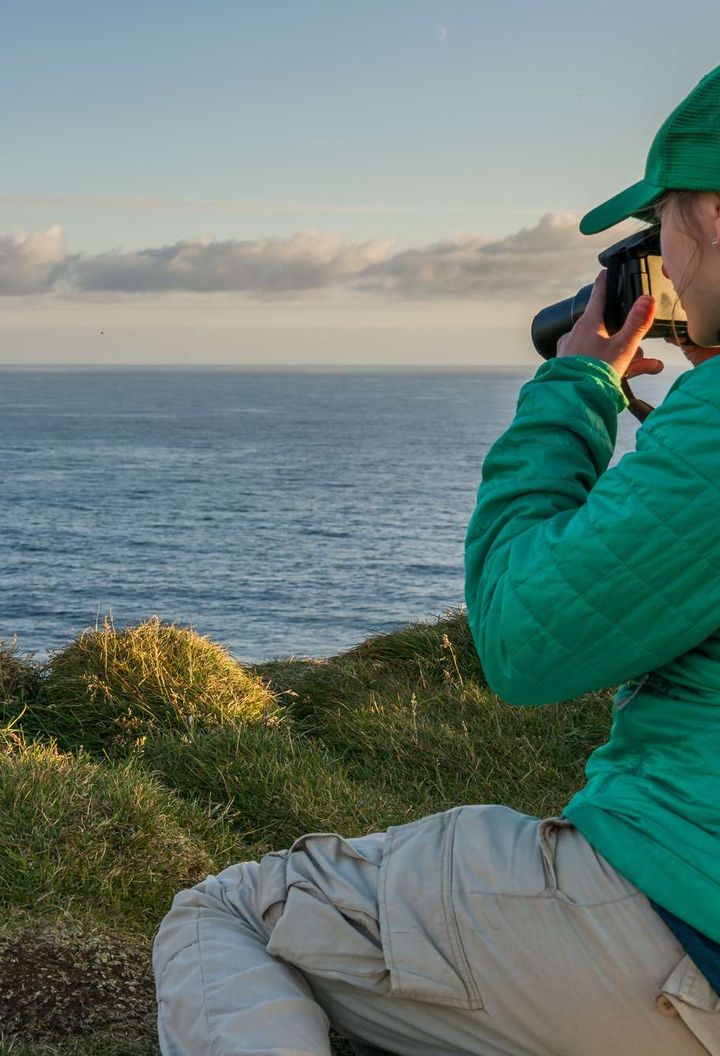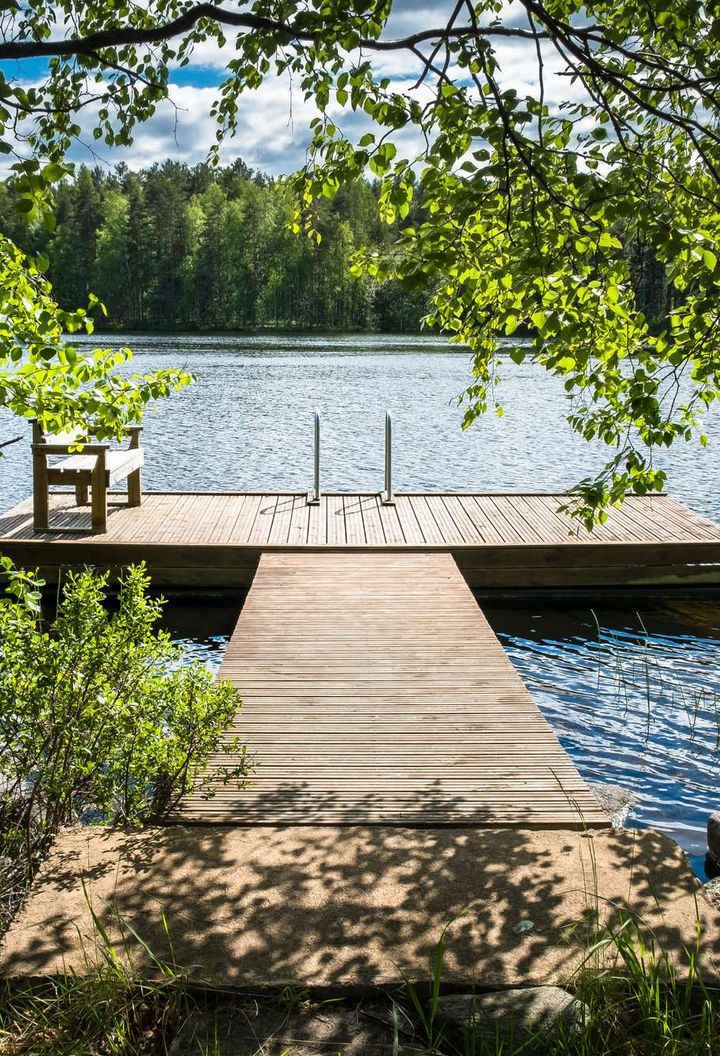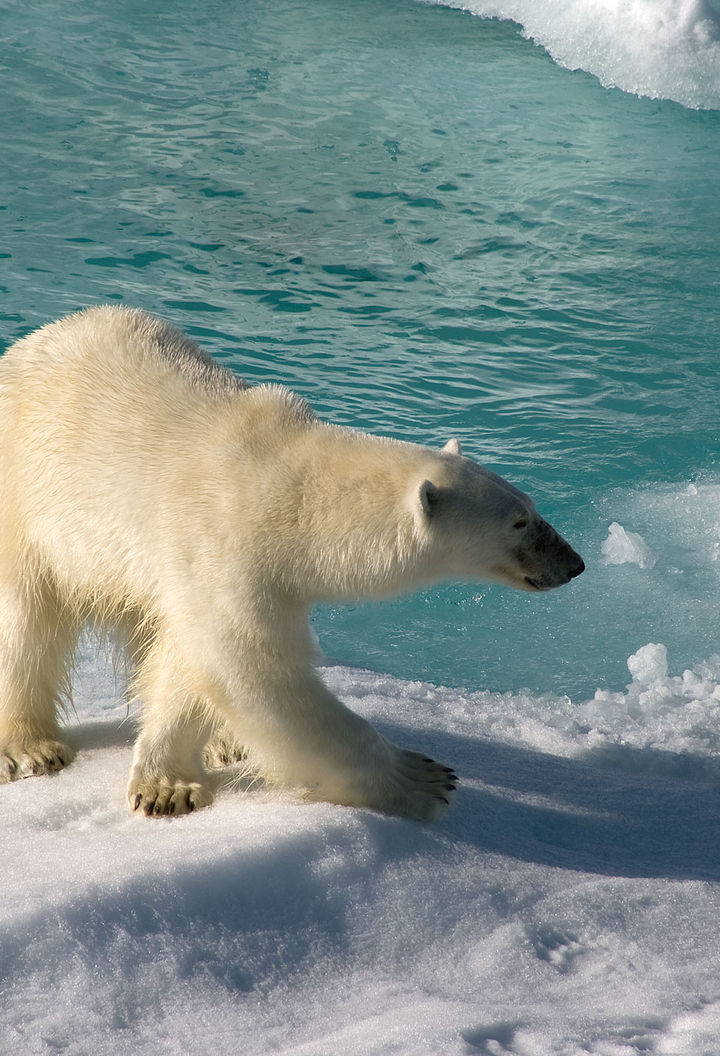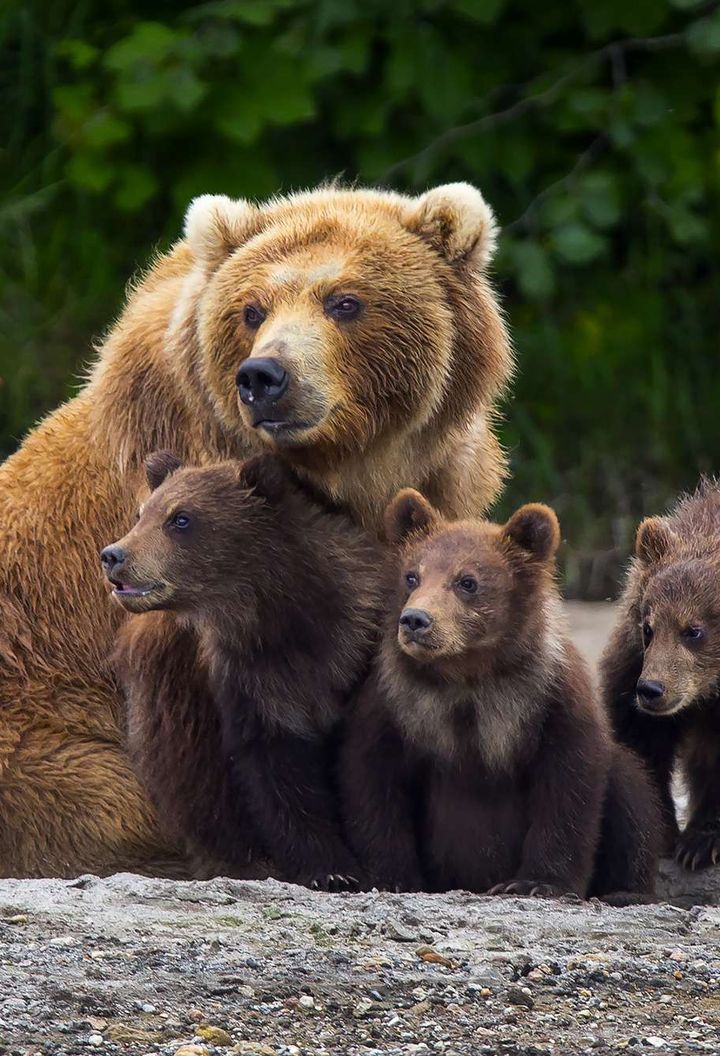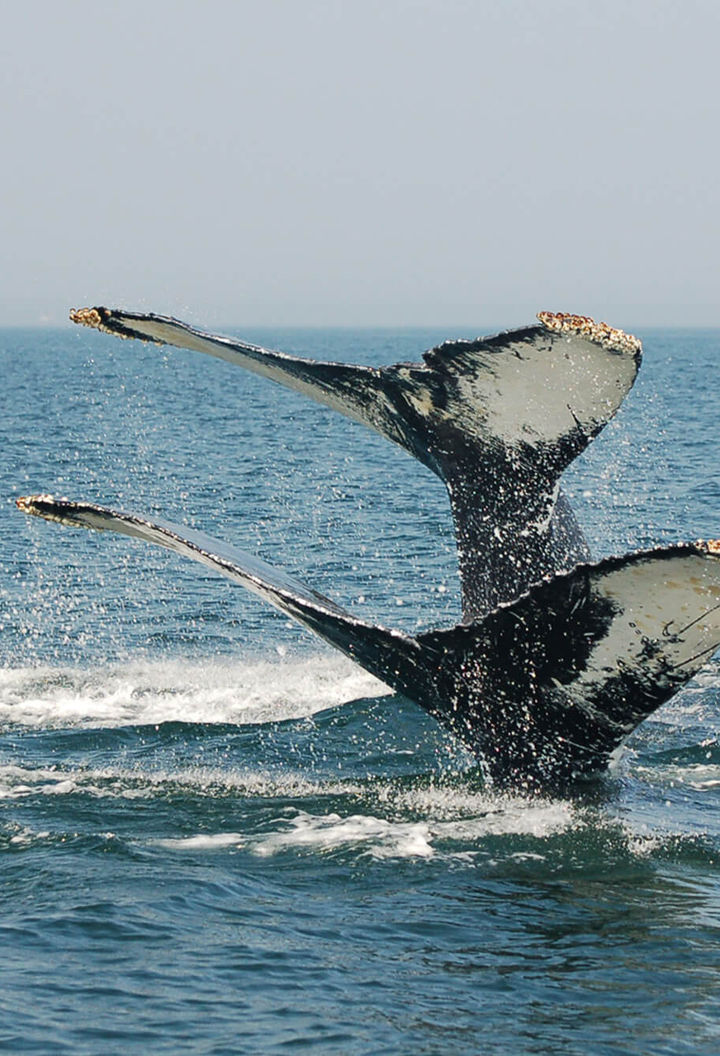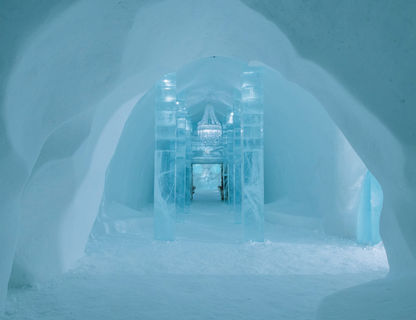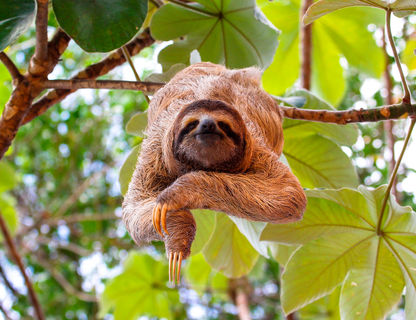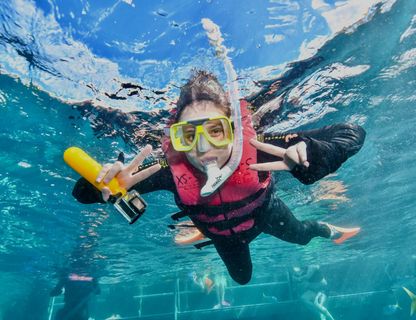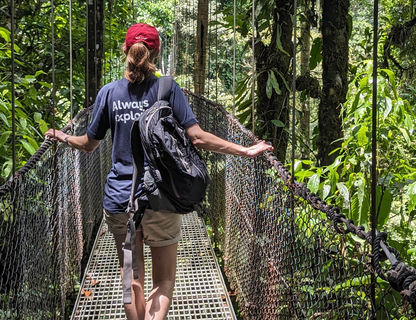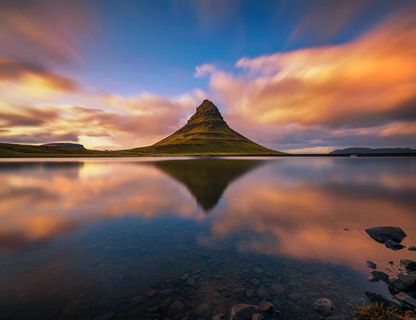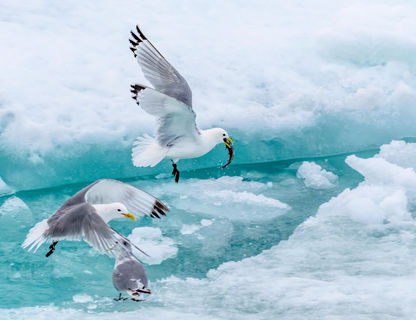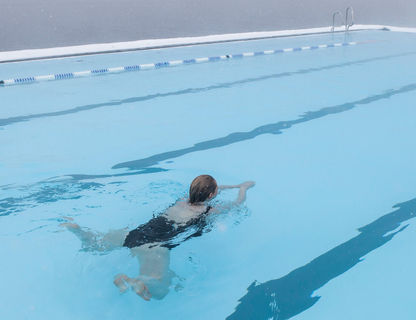Off the beaten track in Iceland
During July – Iceland’s warmest month – the average daily temperature is around 14ºC, but highs of over 20ºC are possible. It’s the perfect time for exploring the less visited Arctic Coast or Westfjords on a self-drive or small-group tour. Both regions get you off Route 1 (the main Ring Road that encircles the country). The 900km Arctic Coast Way touring route traces the wild and remote peninsulas of North Iceland, while a journey through the Westfjords involves an equally scenic blend of coast and mountain. During July, the seabird cliffs in both regions will be festooned with gannets and guillemots – the 400m-high Latrabjarg cliffs are also renowned for puffins. Several villages and ports offer whale watching boat trips during summer, and it’s an ideal time for hiking too. Hornstrandir in the Westfjords is particularly recommended.
























